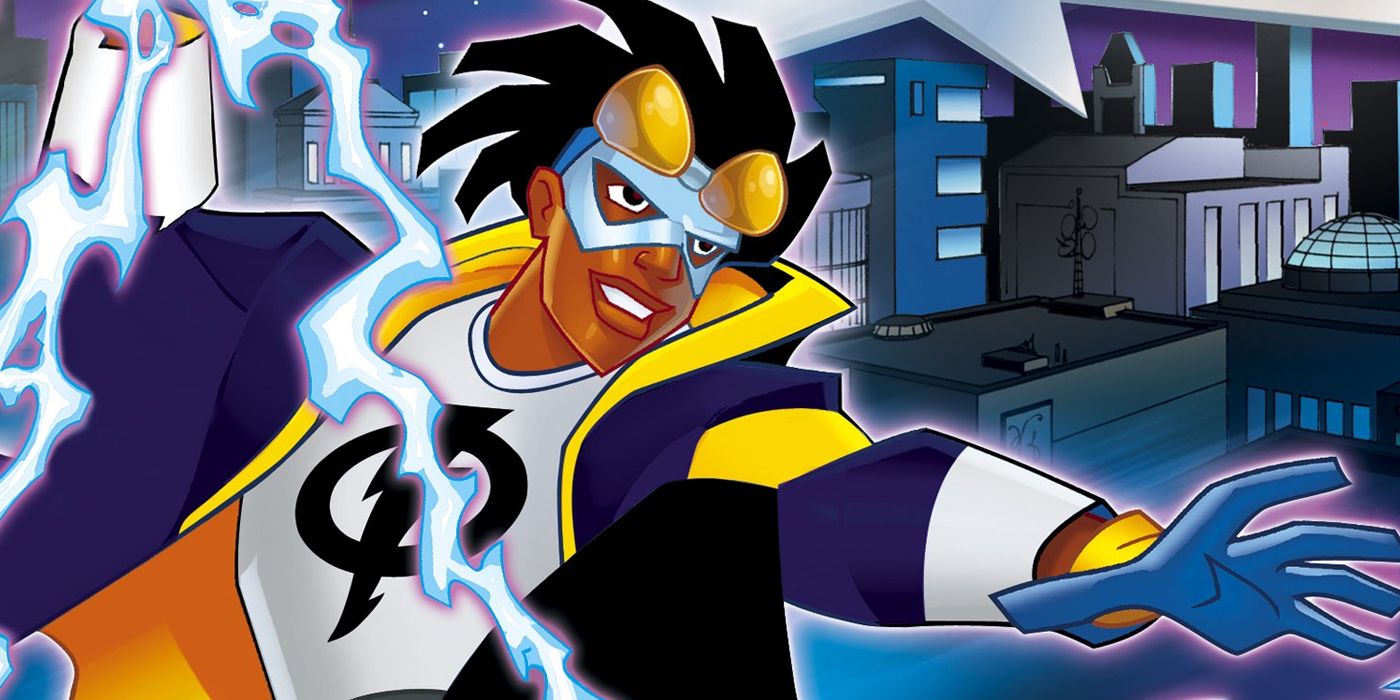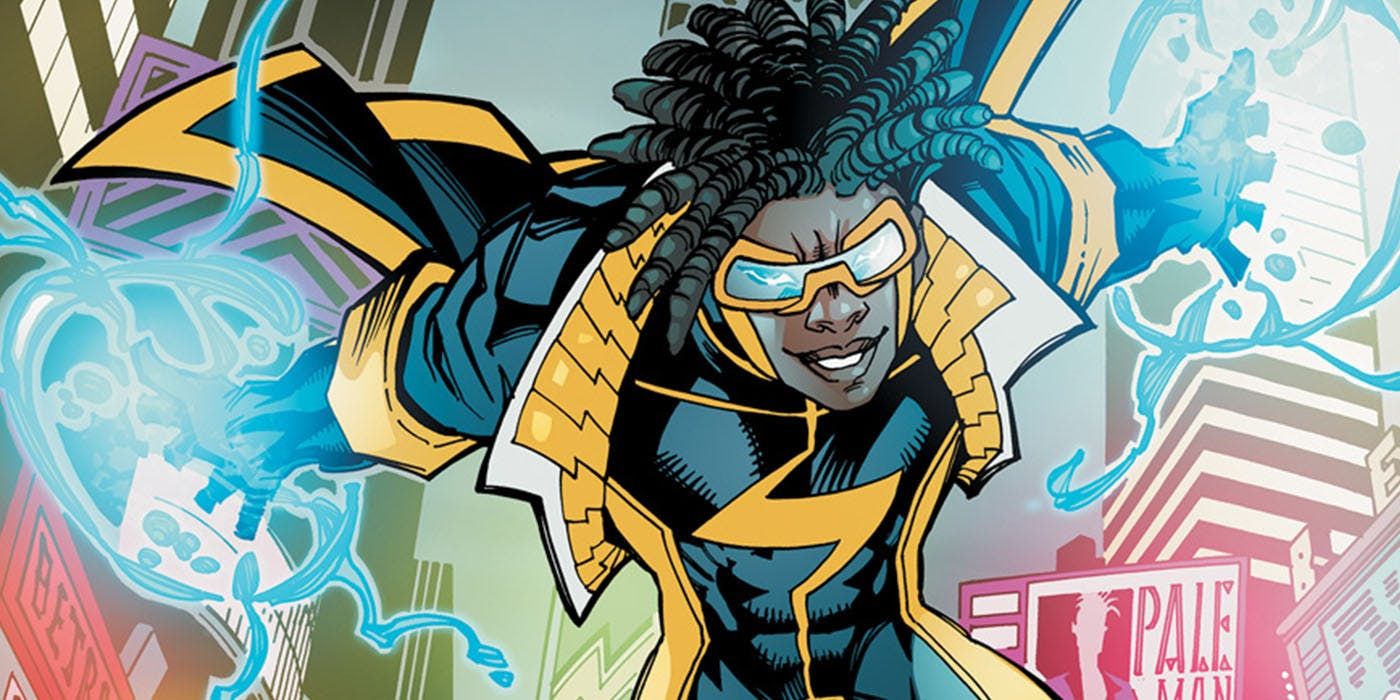Last week, a tweet showcasing an episode of the DC animated classic Static Shock went viral. With an abundance of impressions, the post made a point of saying that the series was ahead of its time because of the 2000 episode "Sons of the Fathers." In it, Static has to deal with racism at the hands of his best friend's father.
Static Shock never shied away from hard topics, and in this episode, racism and ignorance were not only covered in a way that children would understand but in a way that would make adults think. A lot of people grew up with the show, but Virgil Hawkins was has been making waves since his comic book debut in 1993. With this scene resurfacing in reaction to current events, let's look back at Static Shock and the character's legacy as one of the most important heroes of color.
STATIC SHOCK IN COMICS
During Virgil's development in the early '90s, creators Dwayne McDuffie, Denys Cowan, Michael Davis and Derek T. Dingle wanted him to be a teenager much like Spider-Man. The character's namesake is Virgil D. Hawkins, an African-American man who was denied entry into the University of Florida in 1949 due to his race; his superhero identity was inspired by the song "Static," performed by James Brown.
After a lengthy development process, Static #1 was released in June 1993, giving readers the first incarnation of Virgil's story. A high school student,, the hero is caught in the middle of a gang dispute that is doused with an experimental chemical, which imbues the teen with superpowers. With his newfound abilities, he hoped to get revenge on his bully -- a gang member -- but authorities arrive and fire tear gas into the crowd. However, they were unaware that the gas contained an experimental mutagen called Quantum Juice. That leads to the event known as the "Big Bang," in which the metagene in those present is awoken. Since his first comic run, Virgil has gone on to have countless solo adventures that have tackled a lengthy list of social issues, which was an aspect of the character that would be brought into his animated series.
STATIC SHOCK IN TELEVISION
Having been in development since the character's comic debut, the Static Shock television show premiered on Sept. 23, 2000. The production team on the series mostly consisted of people who'd previously worked on Batman: The Animated Series and Superman: The Animated Series, but it also included Virgil's co-creators, Cowan and McDuffie.
As with every production of a written series being adapted into a show or movie, changes were made. It was decided early on that guns would appear less frequently, and Richie (who would become Virgil's confidant rather than Frieda) would not be portrayed as explicitly gay. The series also made Virgil a bit younger than his comic counterpart, and unlike the source material, his mother wasn't alive in the series.
Regardless of the changes, however, the show was faithful to the spirit of the comic in the sense that it tackled topics like racism, bullying, gender and even the struggles of being a single parent. The Static Shock property was a staple in many childhoods, and with four seasons, it definitely made its mark on the world. Virgil has enriched the DC Animated Uiverse with his presence and made it so much more complex than anyone could have anticipated. Static Shock has been a symbol of kindness, tolerance and anti-bullying since 1993, and will no doubt continue to be one for many years to come.



